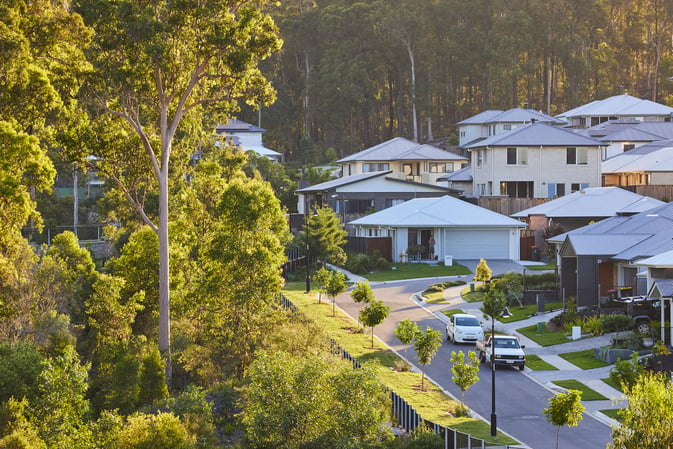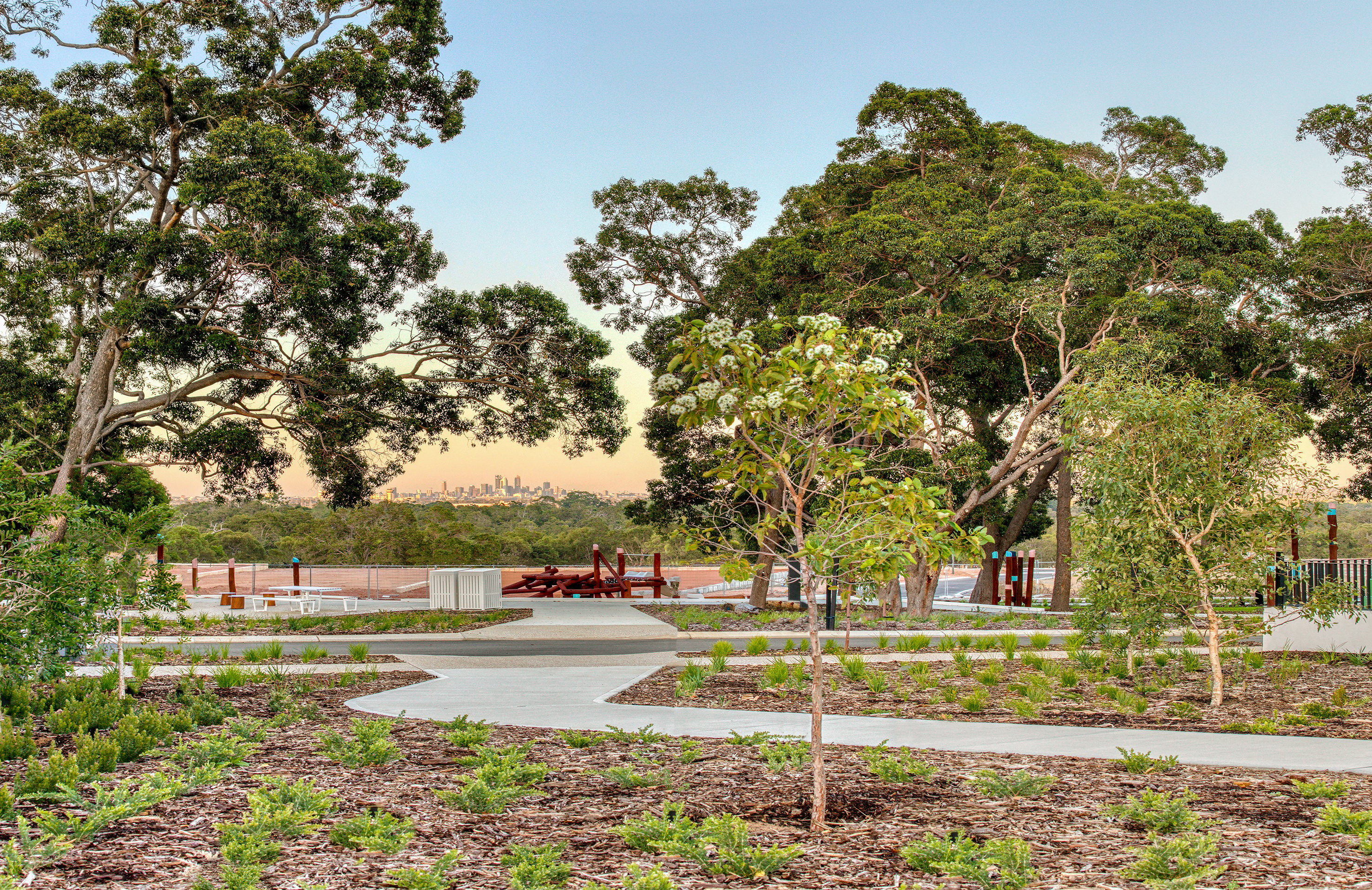Written by

The solar panels are in place, and the rainwater retention tank is ready to go, but have you considered whether the location of your new home lends itself to living sustainably? While you’re bound to have come across the old saying location, location, location, when it comes to purchasing a home, it’s perhaps even more poignant when it comes to living a sustainable life. In this blog, we outline the four essential boxes your location should check.
1. Sustainable transport is convenient
Our growing awareness and concern for the environment is reshaping new home wish lists across Australia and worldwide, and one of the most talked about changes consumers can make is reducing our reliance on fossil fuels and the resulting pollutants. Private cars are a significant contributor, accounting for around 10% of Australia’s greenhouse gas emissions. Choosing a sustainable location means:- Easy access to public transport is prioritised
- Walking and cycle paths are in place
- Easy-to-access bicycle storage is available
- EV charging stations are incorporated.
Not only do these factors reduce pressure on the natural environment, but you’ll also reduce your outlay on car-related expenses.
Cedar Woods is a leading developer of sustainable communities, having successfully delivered 1500 first class transit-oriented dwellings in the past 5 years.
Our communities are carefully designed to cater to the needs of transit-oriented living. In the Glenside masterplan, we have seamlessly integrated open spaces, walking paths, and bike trails that connect effortlessly with nearby parklands and the city. To make life even more convenient, we offer bike racks for visitors at street level and secure bike racks within all Glenside apartments for our residents. Plus, all our apartments are EV ready or have easy access to chargers, supporting the growing electric vehicle movement.
In Victoria, communal EV chargers have been installed at our Huntington Apartments and Aster Apartments at Jackson Green. As part of a carshare initiative, residents at Aster and Huntington Apartments will have access to a communal Tesla in each building for hourly rental. We have also installed EV charging stations for tenant use at our office buildings in Williams Landing, and this feature will be offered at future strata offices too, including Boston Commons and Hudson Hub.
.jpg?width=7665&height=5110&name=BOTANICA_011%20(1).jpg)
2. Amenities are on hand
The proximity of essential amenities enables sustainably minded homeowners to live locally, reducing the need for private transport. Walkability has the added benefit of creating a thriving community of local businesses and strengthening relationships within the community. According to renowned sustainable and walkable communities advocate Kaid Benfield, most of the basics of daily life should be within a 20-minute walk and everything else within 20 minutes of transit. Local amenities that should be walkable are:- Schools and daycares
- Community centres
- Essential service providers like doctors and supermarkets.
3. Greenspace is prioritised
Choosing a new home in a location that prioritises green space can significantly impact our health and wellbeing. According to this World Health Organisation study, access to and availability of green space positively impacts mental health and reduces obesity, cardiovascular issues and mortality. A sustainable community should have easily accessible parks, walkways and open areas for recreation and relaxation.
At our Bushmead estate in WA, two thirds of the community is dedicated to retained natural bushland, spanning over 185 hectares. We have carefully designed walking trails and beautiful open spaces to activate and celebrate the unique bush environment.

4. Developed with the environment in mind
Newly constructed homes in sustainable communities aim to minimise their environmental impact throughout the build process and the lifetime of the home. Here’s what to look out for:- Locally sourced materials and labour to support the local economy and reduce transportation impacts.
- With building materials accounting for about half of the solid waste generated worldwide, look for policies that divert waste from landfills and focus on supporting a reduction in overall building waste.
- Use of sustainable building materials such as sustainably grown or reclaimed timber or carbon-neutral concrete.
- Check the NatHERS rating of the buildings, which looks at the energy performance of homes and the building shell.
- Inclusion of sustainable additions from the outset, like smart meters, LED lighting, energy-efficient appliances and EV charging facilities. Our guide, Is sustainability a top priority for your new home goes into more detail on these essential features.
Better for you, better for the planet
Choosing a sustainable location for your new home means prioritising connectivity, proximity, the inclusion of green space and construction methods that minimise environmental impacts. These four ingredients come with significant benefits. It’s not only a positive step towards addressing environmental challenges, but you’ll enjoy a healthier lifestyle, a stronger sense of community, a more comfortable home and some considerable cost savings along the way.
Want to find out more about living a more sustainable life? Download our Sustainable Living Guide now.





